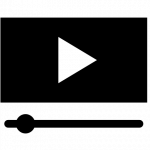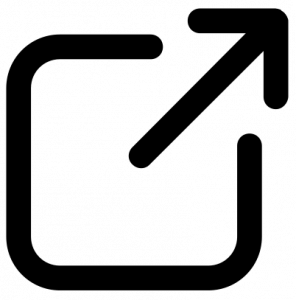The Third Path
This course is designed using a relationship-based approach to student achievement and well-being from The Third Path. Tranter, Carson and Bolen state in their book, The Third Path: A Relationship-Based Approach to Student Well-Being and Achievement,
“Creating a Third Path, where well-being and academic achievement can be mutually supportive, yet retain their full complexity, involves rethinking the end goal of education. Why strengthen both well-being and support academic achievement? -for what larger purpose? The answer is relatively obvious: it’s to help young people develop into healthy and well-rounded adults who know themselves and are able to meet life’s challenges with a sense of purpose and self-efficacy.” (Tranter et al, 2018, p. 21).
As we reflect on the transition to university and begin practicing some of the academic skills required for achievement, we will learn about tending to our wellness. We will pay particular attention to creating the conditions that help build a sense of belonging within our community of learners. Together we will create a safe and inclusive environment.
“Belonging: The more connected experiences students have, the more they feel they belong. Belonging can be strengthened by increasing the number and depth of connecting experiences that the student has with school, their educators and their peers.” (Tanter et al, 2018, p. 26)
View these short videos to learn more about The Third Path, (2018) and reflect on your own educational experiences with regard to academic achievement and well-being.
 VIEW
VIEW
Take the time to watch the following videos:
- Dr. David Tranter’s The third path
 .
. - Dr. David Tranter’s The eight conditions.

Tranter, D., Carson, L., & Boland, T. (2018). The third path: A relationship-based approach to student well-being and achievement. Nelson Education Ltd.

